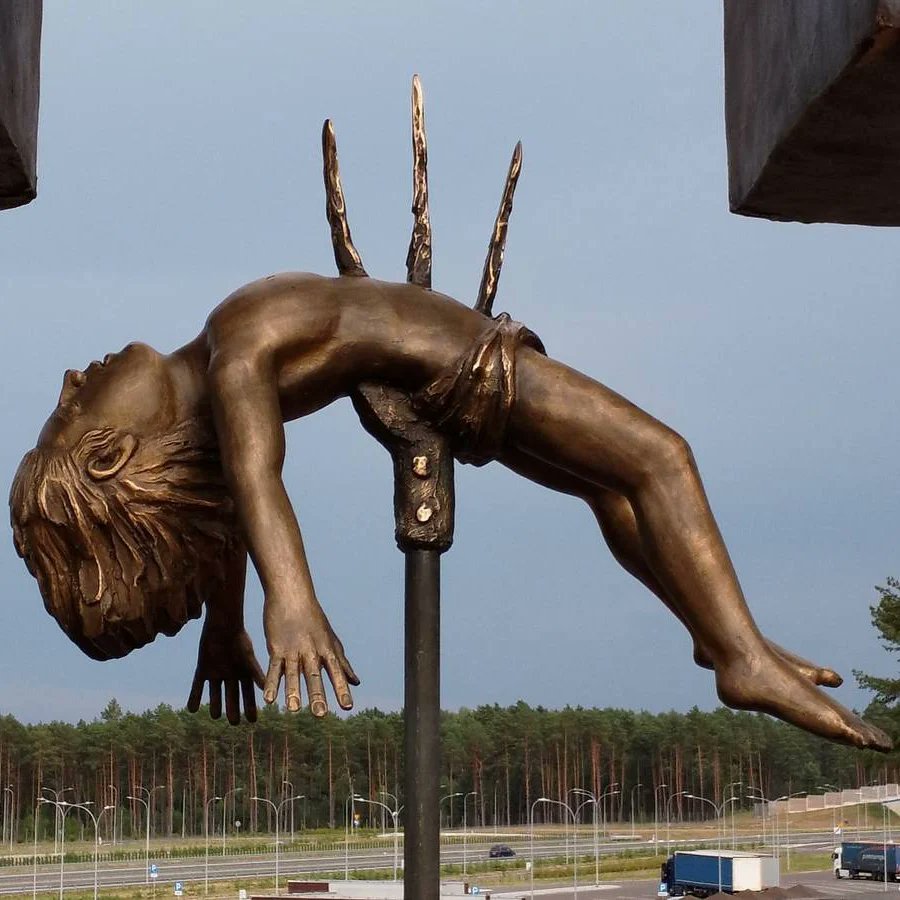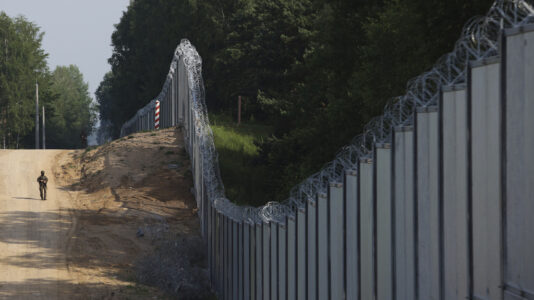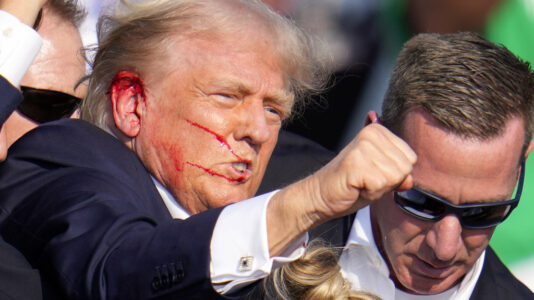In Domostawa, a village in Poland’s south-eastern Podkarpackie province, a solemn crowd unveiled the monument dedicated to the victims of the Volhynia massacre.
The event, held on Sunday, saw large numbers of Polish citizens come together to honor those who perished during the Ukrainian genocide.
The monument was consecrated by Father Antoni Moskal, the chairman of the honorary committee overseeing its construction. He emphasized the importance of confronting historical truths, stating, “We are aware that only the truth can set us free. A truth that does not remain silent but leads to genuine conversion and reconciliation. This monument, in its painful entirety, reveals the truth that many, sadly both secular and religious, wish to distort. Therefore, it is greatly undervalued because it acts as a conscience to those who want to rewrite the history of those events in our Eastern Borderlands.”
Designed by sculptor Andrzej Pityński, known for the Katyn Monument in Jersey City, the monument is crafted from bronze coated with light brown platinum. It stands as a poignant symbol of the Polish Nation’s remembrance of the genocide committed against Poles in the eastern territories of the Second Polish Republic from 1942 to 1945.
“It stands in Poland so that Poles shall never forget their countrymen who were brutally murdered simply because they were Poles and Catholics,” explained the monument’s proponents.
The monument features a large crowned eagle, on whose wings the names of places where Ukrainians murdered Poles are inscribed. In the eagle’s central part, a cross is cut out, within which the artist has incorporated an image of a child impaled on a pitchfork, intended to symbolize the Ukrainian trident. The final element of the monument depicts a family — father, mother with a baby, along with a boy, and a girl—- with children’s heads impaled on spikes behind them. Including its base, the monument reaches 20 meters in height.
The monument was commissioned by the Association of Polish Army Veterans in America and completed in 2017. However, finding a location for the monument proved difficult, as successive communities initially declined. Eventually, the mayor of Jarocin, Zbigniew Walczak, proposed the village of Domostawa, which was then accepted by Andrzej Pityński.
At the unveiling of the monument, no representatives of the Polish state authorities were present.
Some Ukrainian politicians expressed outrage upon learning of the monument. Mykola Kniazhycky, a Ukrainian lawmaker, criticized the “scandalous monument” as “a deliberate political provocation intended to demean the dignity of Ukrainians, deepen differences, and ultimately destroy the positive outcomes of reconciliation” called for by Pope John Paul II between the Polish and Ukrainian nations.
The Volhynia massacre took place in 1943-1944 and was carried out by Ukrainian nationalists against tens of thousands of Poles in territory occupied by the Germans. It was the culmination of the ethnic cleansing of Poles that had been organized by the Ukrainian Insurgent Army (UPA).






